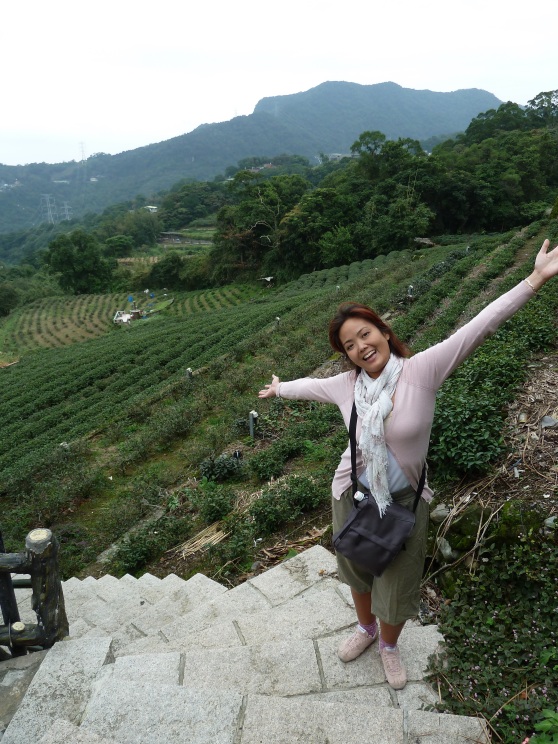WE WANT TO EMBRACE THE WORLD FROM JAPAN!
WELCOME TO JAPAN OPENARMS!
Japan is located in the North Pacific off the coast of Russia and the Korean peninsula.
Eva Packlé from Holland & Eugenio Morán from Spain at Temple Fushimi Inari, Kyoto Openarms!
The area of Japan is 377,873km², which makes it slightly smaller in land mass than California.
Japan consists of four main larger islands and more than 4000 smaller islands. The main islands are Hokkaido, Honshu, Shikoku, and Kyushu. Honshu is the largest with an area of 231,000km². A modern railroad system connects the major islands with Japan’s high-speed Shinkansen connecting major urban areas.
Government: Parliamentary with constitutional monarchy
Prime Minister: Yoshihiko Noda (elected Aug 2011)
Capital: Tokyo
Population: 127,078,679 (July 2009 est.)
Population Growth Rate: -0.191% (2009 est.), World Rank: 219th
GDP: 4.34 Trillion (2008)
Electric Power Generation: Conventional thermal (coal, oil, natural gas) 60%, Nuclear 29%, Hydroelectric 9%, Renewables 2%
Industries: Consumer electronics, motor vehicles, machine tools, steel, and nonferrous metals
Exports: Motor vehicles, semiconductors, and office machinery
Agriculture: Rice, sugar beets, vegetables, fruit, pork, fish
Currency: Yen
Life Expectancy: Average: 82, Male: 78.8, Female: 85.6
GDP per Capita: $33,800
Literacy Rate: 99%
Unemployment Rate: 4%
Oil imports: 5.425 million bbl/day
Internet Users: 87.5 million
Environmental Issues: Acid rain; Japan is the largest consumer of Amazon rainforest timber
Japan is over 70% mountainous terrain with approximately 18% of the land mass suitable for settlement. Japanese cities are typically sprawling and densely populated. Tokyo, a megalopolis and capital of Japan, is located on Honshu island. Central Tokyo has a population of 12 million people, with the population of the Greater Tokyo Area estimated at over 35 million people.
The islands of Japan are located in an area known as The Ring of Fire in the Pacific. This is an area with many earthquakes and volcanic eruptions. Japan is very seismically active with over 1,500 earthquakes per year. In 1923 the Great Kanto Earthquake killed more than 143,000 people in the Tokyo area. Tsunamis and volcanic eruptions are other natural destructive forces in Japan. In 1896 in Sanriku, Japan, 27,000 people were killed by a Tsunami caused by an earthquake.
There are over 127,078,679 (July 2009 est.) people living in Japan. For most of Japan’s history its borders were closed to foreigners. As a result, Japan’s society is very homogeneous, composed of 98.5% ethnic Japanese. The remaining 1.5 percent are mostly Korean, who number around 1 million. There are also considerable numbers of Brazilians, Chinese, and Filipinos residing in Japan. There is also an ethnic minority of indigenous people, called Ainu, who live mostly in northern Hokkaido.
Japanese is the official language of Japan. Many Japanese also have some ability in writing and speaking English as it is a mandatory part of the curriculum in the Japanese educational system. Japanese uses four different writing systems; Kanji (Chinese characters), Hiragana (phonetic alphabet for native words), Katakana (phonetic alphabet for foreign words), and Romaji (western alphabet used to write Japanese). Japanese vocabulary has been strongly influenced by loanwords from other languages, with most loanwords coming from Chinese and English.
The climate of Japan varies considerably depending on the region and season. Summer is usually very hot and humid, known to the Japanese as “mushiatsui”. From mid June there is a rainy season which lasts around one month. Winters are usually mild, with the northern areas of Japan receiving more snow. Spring and autumn are usually sunny with mild temperatures.
The two major religions in Japan are Shinto and Buddhism. Religion does not play a major role in the life of the average Japanese, but people usually have religious ceremonies at births, weddings, and funerals. On New Year’s Day visiting a temple or shrine is also a common custom. About 1% of the population follow Christianity, which was heavily persecuted in Japan prior to the Meiji Restoration in 1873.











